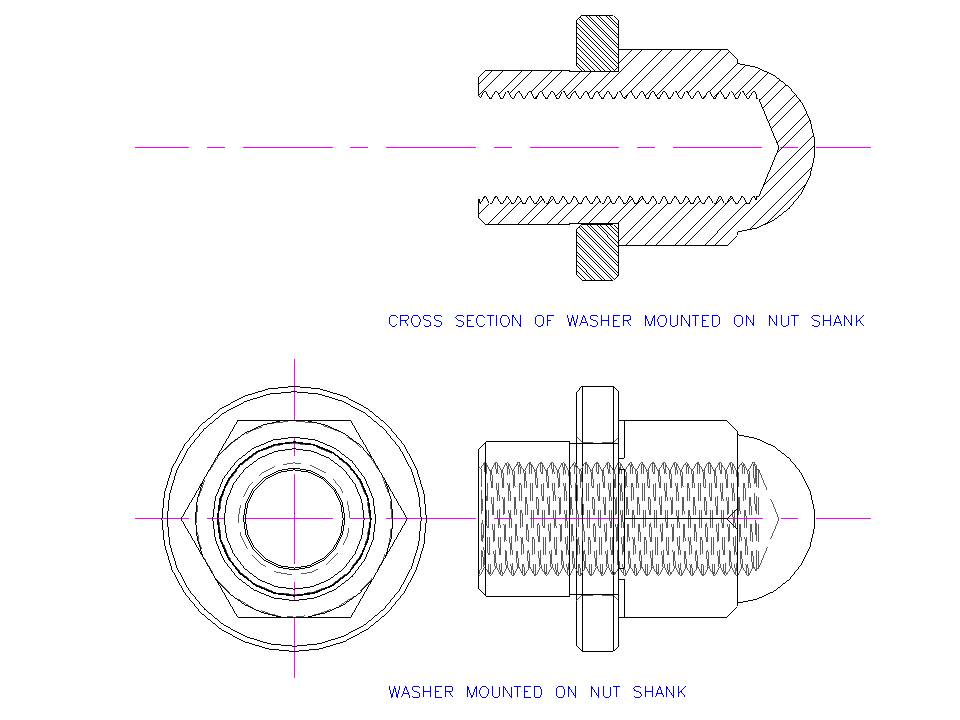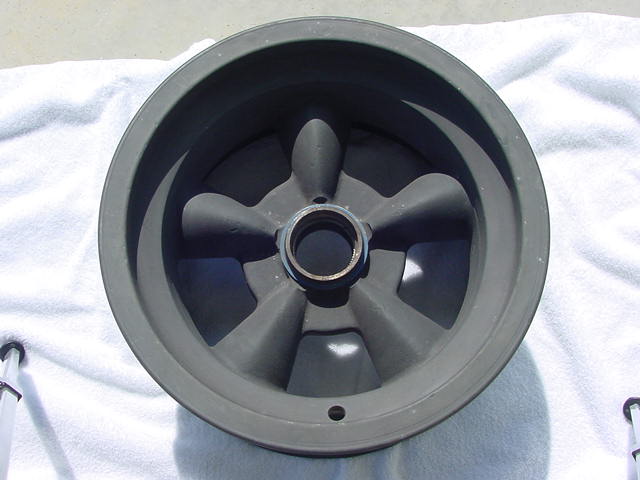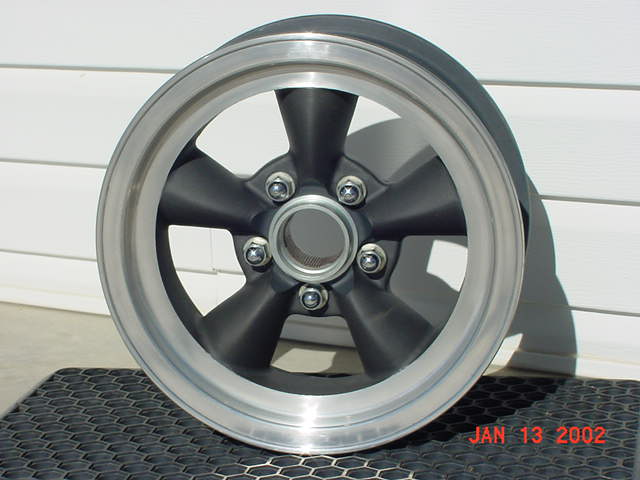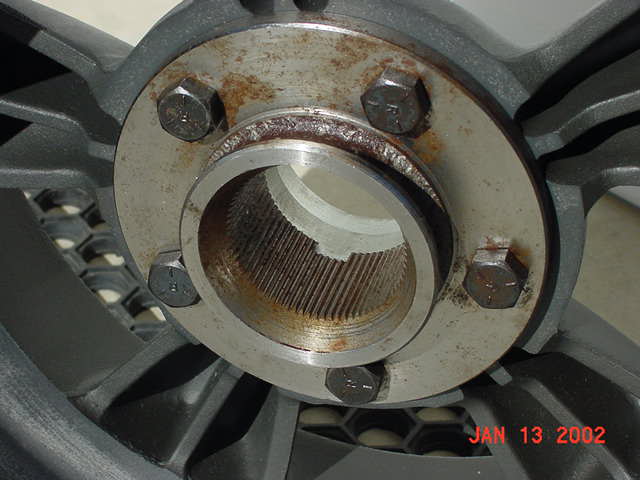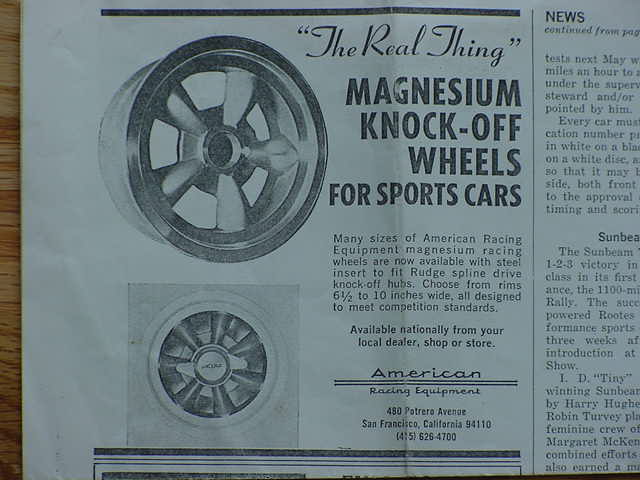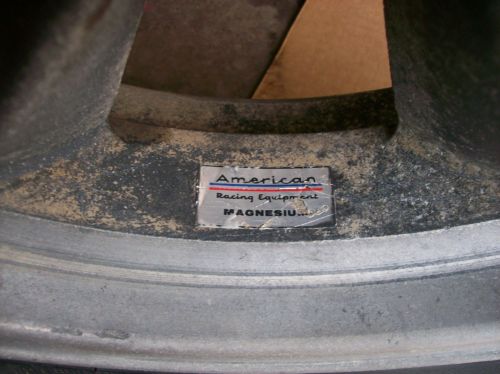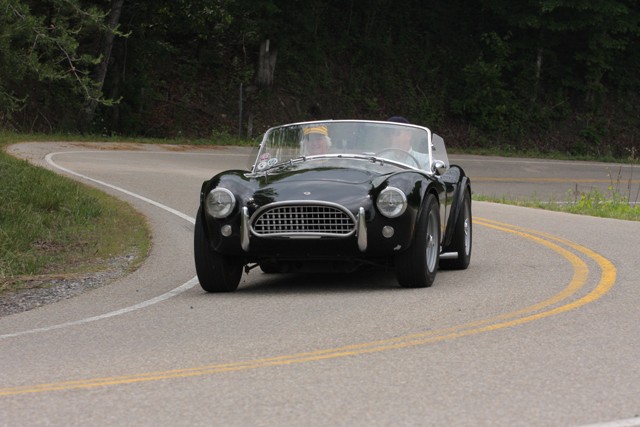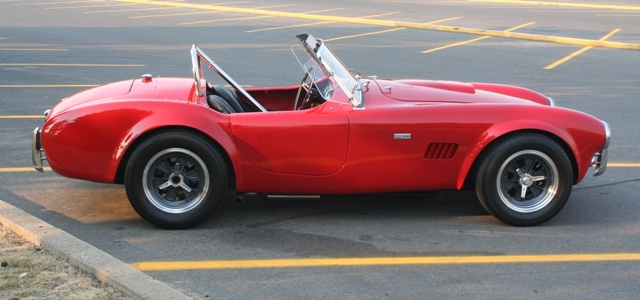I'll take a shot at a shortened version of what I send to Cobra owners and restorers. I have been around the "restoration" of old cars since 1961 and got my first training on 'this is original and that is not' during that summer at a national Antique Automobile Club of America meet (they were meets back then not shows).
Genuine parts pulled from production runs at the time the car was built for service needs. They were New Stock (NS) at that point in time and sometime later they were considered New Old Stock (NOS). As soon as some reason changed them such that the "original" design, revision level, or version is not made anymore NS becomes NOS. Prior to the 1960s up Corvette and Mustang owners getting into the business a New Old Stock (NOS) 1963 (pick a part) part was actually made in 1963 during production runs and it was just fate that directed it to miss an assembly line and get into a service part package. In industry, almost any large scale industry including automotive ones, between 5% and 20% of parts made during the original production period are set aside for normal service and warrantee work. The more likely the part will fail or be damaged or worn out the higher the percentage is often set aside and distributed through the service channel. Most big companies have engineers that determine risks and likelyhood of requirements. These are "assembly line" parts because they are what the car assembly lines used. In America, large numbers of "lunch pail" parts left the plants of part makers and car assemblers. What does one plan to do with dozens of new engine ground wires that accidently found their way back to your house? (I used that example because a few weeks ago on a trip to Michigan I came across a cache of engine ground wires that walked away circa 1964.) Sometimes part over runs get left over at the assembly lines or the supplier's plant and the O.E.M. doesn't want them. These "assembly line" parts often end up in the hands of parts dealers. A friend of mine, at the end of each production year, use to buy at pennies on the dollar left over Corvette parts from the St. Louis assembly plant and their suppliers and then sold them through his parts business. Note: Because of design level changes, different suppliers for different assembly plants, and supplier changes all "assembly line" parts even within a given year are not automatically all the same.
An OEM service part made for an earlier application. This use to be the New Replacement Stock (NRS) designation. This was maybe a 1965 design/revision part being sold to service let's say a 1963 car. After these parts get a couple years old they are New Old Replacement Stock (NORS). These may or may not be the original supplier, tooling, manufacturing processes, and or materials. They "will work". The vast majority of old new parts you are likely to come across will probably fit into this category. This is let's say Ford having runs of 1965 Mustang front bumpers made as required for many years after the last new 1965 Mustang left an assembly line. The day they were made they are NRS and after some period of time they become NORS. Major car makers must supply something that works for in most cases ten years. The industry I worked in had to supply parts that would work for seven years. The important details were that the original specifications didn't have to be met unless it had safety or emissions requirements, that warrantee didn't have to be the same, didn't have to use the same tools or methods, didn't have to use the same materials, didn't have to use the same supplier / maker, and didn't even have to be made in the same country. Replacement parts could be made just like "originals" but they didn't have to be. Said another way, same sales number between let's say a April 1965 made part and a April 1975 made part but other than fit the application and work they didn't have to legally be the same. I use an example: 1966 MUSTANG GT350 fuel caps. By the late 1970s they were obsolete from Ford's service organization. One person started a campaign to bring them back. He started ordering caps from at least one Ford dealer. He advertised in print for as many people were interested in new caps to do the same. It took a while but with enough back orders Ford commissioned runs of caps to be made. The "new" caps came in blue and white Ford service packaged and under casual inspection looked 'original'. Then people started comparing the NRS caps with originals still on cars and figured out that the NRS ones were not a 100% match to "assembly line" parts. Today those replacement fuel caps made in the late 1970s and beyond are NORS parts.
Genuine parts pulled from production runs at the time the car was built for service needs. They were New Stock (NS) at that point in time and sometime later they were considered New Old Stock (NOS). As soon as some reason changed them such that the "original" design, revision level, or version is not made anymore NS becomes NOS. Prior to the 1960s up Corvette and Mustang owners getting into the business a New Old Stock (NOS) 1963 (pick a part) part was actually made in 1963 during production runs and it was just fate that directed it to miss an assembly line and get into a service part package. In industry, almost any large scale industry including automotive ones, between 5% and 20% of parts made during the original production period are set aside for normal service and warrantee work. The more likely the part will fail or be damaged or worn out the higher the percentage is often set aside and distributed through the service channel. Most big companies have engineers that determine risks and likelyhood of requirements. These are "assembly line" parts because they are what the car assembly lines used. In America, large numbers of "lunch pail" parts left the plants of part makers and car assemblers. What does one plan to do with dozens of new engine ground wires that accidently found their way back to your house? (I used that example because a few weeks ago on a trip to Michigan I came across a cache of engine ground wires that walked away circa 1964.) Sometimes part over runs get left over at the assembly lines or the supplier's plant and the O.E.M. doesn't want them. These "assembly line" parts often end up in the hands of parts dealers. A friend of mine, at the end of each production year, use to buy at pennies on the dollar left over Corvette parts from the St. Louis assembly plant and their suppliers and then sold them through his parts business. Note: Because of design level changes, different suppliers for different assembly plants, and supplier changes all "assembly line" parts even within a given year are not automatically all the same.
An OEM service part made for an earlier application. This use to be the New Replacement Stock (NRS) designation. This was maybe a 1965 design/revision part being sold to service let's say a 1963 car. After these parts get a couple years old they are New Old Replacement Stock (NORS). These may or may not be the original supplier, tooling, manufacturing processes, and or materials. They "will work". The vast majority of old new parts you are likely to come across will probably fit into this category. This is let's say Ford having runs of 1965 Mustang front bumpers made as required for many years after the last new 1965 Mustang left an assembly line. The day they were made they are NRS and after some period of time they become NORS. Major car makers must supply something that works for in most cases ten years. The industry I worked in had to supply parts that would work for seven years. The important details were that the original specifications didn't have to be met unless it had safety or emissions requirements, that warrantee didn't have to be the same, didn't have to use the same tools or methods, didn't have to use the same materials, didn't have to use the same supplier / maker, and didn't even have to be made in the same country. Replacement parts could be made just like "originals" but they didn't have to be. Said another way, same sales number between let's say a April 1965 made part and a April 1975 made part but other than fit the application and work they didn't have to legally be the same. I use an example: 1966 MUSTANG GT350 fuel caps. By the late 1970s they were obsolete from Ford's service organization. One person started a campaign to bring them back. He started ordering caps from at least one Ford dealer. He advertised in print for as many people were interested in new caps to do the same. It took a while but with enough back orders Ford commissioned runs of caps to be made. The "new" caps came in blue and white Ford service packaged and under casual inspection looked 'original'. Then people started comparing the NRS caps with originals still on cars and figured out that the NRS ones were not a 100% match to "assembly line" parts. Today those replacement fuel caps made in the late 1970s and beyond are NORS parts.

